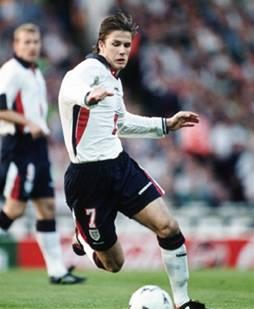Volleyball, popular team sport played
by hitting an inflated ball back and forth over a high net. In the indoor game,
each team has six players, while in beach volleyball, played outdoors on sand,
teams consist of two players each. Points are scored by successfully landing
the ball in the court of the opponents without it being returned successfully.
The game was invented in 1895 as a recreational pastime by American William G.
Morgan, the physical education director of the Young Men's Christian Association
(YMCA) chapter in Holyoke, Massachusetts. His game, which he originally called
Mintonette, quickly became popular, not only in the United States but also
around the world. There are more than 200 national federations in the Fédération
Internationale de Volleyball (FIVB; French for “International
Volleyball Federation”), the international governing body for the sport, which
is located in Lausanne, Switzerland. An estimated 800 million people play
volleyball throughout the world.
The volleyball court, 9 by 18 m (29.5
by 59 ft) in area for indoor play and slightly smaller for beach competition,
is divided into two equal sides by a net. Rules for the indoor game recommend a
clear, unobstructed area at least 7 m (23 ft) high above the entire court, and
a minimum of 2 m (6.7 ft) in the indoor game and 3 m (9.8 ft) in the outdoor
game of free space on the perimeter of the court. The net is 10 m (32.8 ft)
long and 1 m (3.3 ft) wide and is made of black or dark brown mesh string. It
is stretched tightly across the court by its four corners and has an antenna
placed above each court sideline, which the ball must pass between when sent
over the net. The height of the top of the net is set at 2.43 m (7 ft 11š in) for men, at 2.24 m (7
ft 4‚ in) for women,
and at 2.13 m (7 ft) or lower for children aged 12 years or younger. For indoor
play, a line 5 cm (2 in) wide, called the 3-meter attack line, extends across
each of the two playing areas from sideline to sideline, parallel to and at a
distance 3 m (9.8 ft) from the centerline (the line directly below the
net).
The volleyball is an inflated
sphere with a laceless leather or synthetic leather cover. Smaller and lighter
than a basketball, the volleyball is 63.5 to 68.6 cm (25 to 27 in) in
circumference and weighs 255 to 283 g (9 to 10 oz).
The players on a six-person
volleyball team include three front-row players, who stand near the net, and
three back-row players. The server starting the game stands anywhere behind the
endline, serving over the net into the court of the opponents by tossing the
ball into the air and striking it with the hand or fist. Only one attempt is
allowed on the serve. By hitting the ball back and forth over the net, with the
hands, forearms, head, or any part of the body, play is continued until one team
fails to keep the ball in play—that is, in the air—or until a rule violation is
committed. The ball must be returned by a team over the net after no more than
three hits, and no player may hit the ball twice in succession. The return over
the net must be done without catching, holding, or carrying the ball, without a
player touching the net, and without entering the opponents’ area. A player
keeps serving as long as his or her team continues to win points. The serve
must rotate to a new player each time a team wins back the service.
Traditionally, a point could only be
scored by the serving team. If a team failed to score, the serve went over to
the other team. This is called a side-out. The exception was in the deciding
game of a match, when rally scoring was used. In rally scoring, a point is
scored on each serve, whether by the serving team or the nonserving team.
Beginning in 1999, international volleyball switched to rally scoring in all
games to help shorten match length.
The first team to score 15
points (traditional) or 25 points (rally scoring) wins the game, provided the
margin of victory is at least 2 points. An indoor volleyball match consists of
the best two out of three or three out of five games. Beach volleyball matches
are usually one game, using side-out scoring, or best two out of three using
rally scoring. Officials in competitive volleyball include a referee, scorer,
umpire, and line judges.










